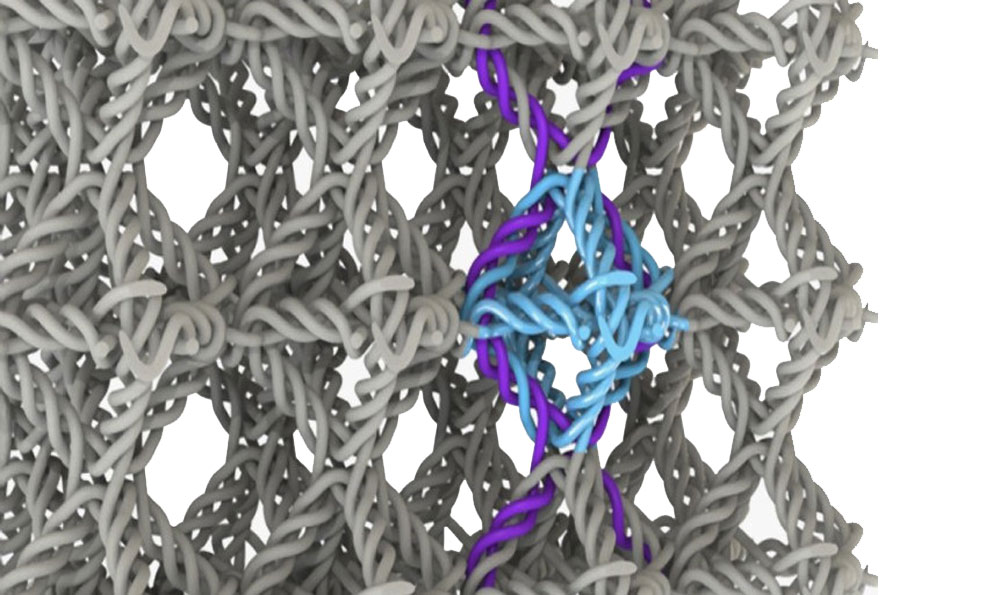
A breakthrough in the field of nano- and micro-architected materials has been achieved by Caltech engineers through the creation of a novel material composed of multiple interconnected microscale knots.
The presence of knots in this new material greatly enhances its toughness compared to structurally identical but unknotted materials, allowing it to absorb more energy and deform more quickly before returning to its original shape without any damage. The durability, biocompatibility, and extreme deformability of these new knotted materials make them a potential choice for both biomedicine and aerospace applications.
Former Caltech graduate student Widianto P. Moestopo explains that the ability to overcome the trade-off between material deformability and tensile toughness allows for the creation of devices that are highly flexible, durable, and can withstand extreme conditions. On March 8, Science Advances published a paper on the nanoscale knots that was led by Moestopo as lead author of a paper.
According to Julia R. Greer, the idea of examining the knots’ influence on the mechanical response of micro-architected materials was a novel and out-of-the-box approach. The study of mechanical deformation in micro-textiles, including lattices and woven materials, was the focus of extensive research. By exploring the world of knots, we were able to gain a deeper understanding of the role of friction and energy dissipation, and it proved to be valuable.
The tensile toughness of knotted polymers is much greater than those found in materials that are unknotted but structurally identical, such as those where individual strands are interwoven instead of being knotted. When compared to their unknotted counterparts, knotted materials absorb 92% more energy and require more than twice the strain to snap when pulled. The knots were not tied but instead made in a knotted state using advanced high-resolution 3D lithography capable of producing structures in the nanoscale.
Reference: “Knots are not for naught: Design, properties, and topology of hierarchical intertwined microarchitected materials” by Widianto P. Moestopo, Sammy Shaker, Weiting Deng and Julia R. Greer, 8 March 2023, Science Advances.